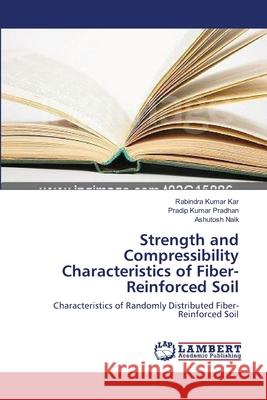Strength and Compressibility Characteristics of Fiber-Reinforced Soil » książka
Strength and Compressibility Characteristics of Fiber-Reinforced Soil
ISBN-13: 9783659390012 / Angielski / Miękka / 2013 / 244 str.
Reinforced soil technique is one of the physical methods of ground improvement, the concept of which was first given by Vidal of France in 1966. The function of the reinforcements in the soil matrix is to increase the strength and reduce the deformation. Fiber reinforcement has become a promising solution to the stabilization of thin soil veneers and localized repair of failed slopes. Randomly distributed fibers can maintain strength isotropy and avoid the existence of the potential planes of weakness that can develop parallel to continuous planar reinforcement elements. Thus, the enhancement of strength of soil by random inclusion of fibers has become significant. This book presents the strength and compressibility characteristics of clayey soil reinforced with randomly distributed discrete fibers by conducting a series of compaction test, unconfined compression tests, direct shear tesst, triaxial compression tests, CBR tests, field plate load tests and consolidation tests on unreinforced and fiber-reinforced soil, with variation in the type, content and length of fibers. The results of this investigation will definitely help in using fiber-reinforced soil in various applications.
Reinforced soil technique is one of the physical methods of ground improvement, the concept of which was first given by Vidal of France in 1966. The function of the reinforcements in the soil matrix is to increase the strength and reduce the deformation. Fiber reinforcement has become a promising solution to the stabilization of thin soil veneers and localized repair of failed slopes. Randomly distributed fibers can maintain strength isotropy and avoid the existence of the potential planes of weakness that can develop parallel to continuous planar reinforcement elements. Thus, the enhancement of strength of soil by random inclusion of fibers has become significant. This book presents the strength and compressibility characteristics of clayey soil reinforced with randomly distributed discrete fibers by conducting a series of compaction test, unconfined compression tests, direct shear tesst, triaxial compression tests, CBR tests, field plate load tests and consolidation tests on unreinforced and fiber-reinforced soil, with variation in the type, content and length of fibers. The results of this investigation will definitely help in using fiber-reinforced soil in various applications.











